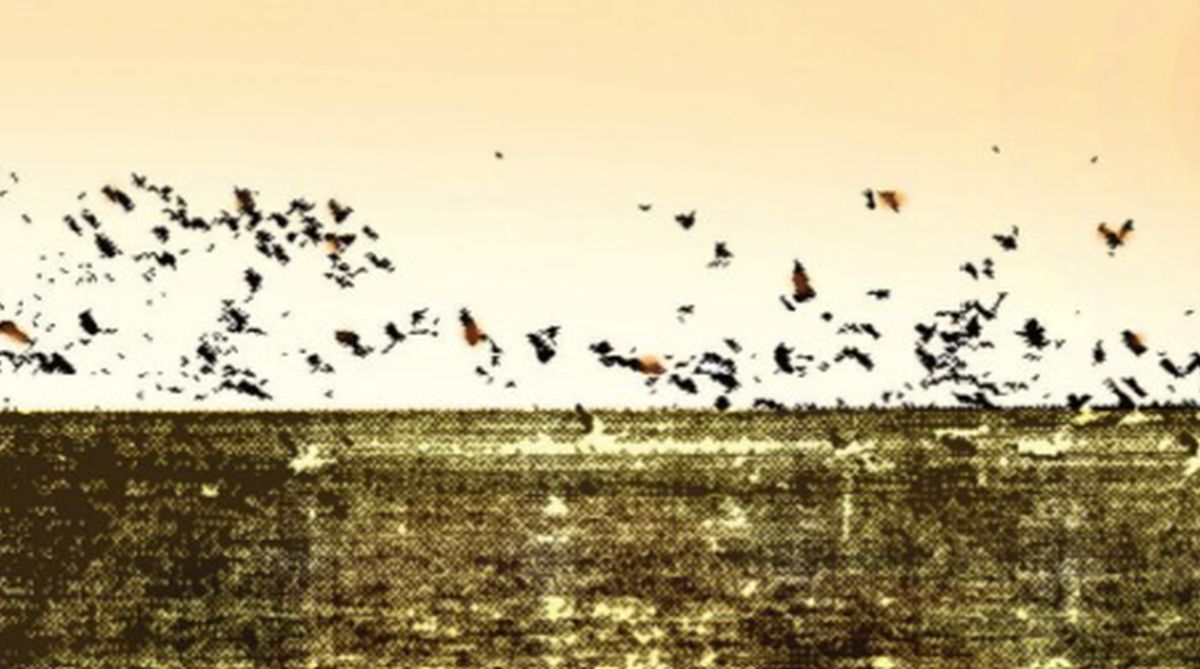Relief for locals as wandering tiger captured in Maipith
A tiger that strayed into Maipith’s jungles in the Sundarbans, was finally captured early this morning, thanks to the relentless efforts of forest officials.

Representational Image.
Chilka is the largest salt-water lake in India. It is some 80 sq miles in extent and so vast that when the train passes it (shortly before dawn) the passenger gets the impression that the railroad lies alongside the sea.
All large shallow backwater are usually rich in fishes other water-living creatures and water-birds and Chilka can boast of as rich an aquatic and avian fauna as any I had long wanted to see this lake for I had heard about it from my father as a child.
Advertisement
In his day it was famous for its prawns and fish and the bird shooting that it offered, half a century later it is still famous for these very things, but much has happened in between to make out a strong case for offering protection to the wild life to Chilka.
Advertisement
In the Andhra and Orissa areas around (much of this area once belonged to the Andhra part of undivided Madras Presidency) practically all low-lying land and shallow waters have been occupied reclaimed and built up or otherwise utlised for some human benefit. It is unnecessary to go back to my father’s days for proof of this.
I myself have seen this happening. In many parts of India, as a young and less young man. The inevitable consequence of this intensive occupation of the plains and the reclamation of swamps and shallow waters is that the water-birds and other aquatic creatures have lost most of their feeding and breeding grounds.
Take migratory birds like snipe and duck, for instance; they were common right outside the cities and owns (and even within them) and now the wildfowler has to go far afield seeking them. This may seem hard on the sportsman who likes shooting them, but it is much harder on the water-birds.
Another change that directly affects these birds is the relaxation of gustatory limitations by men. A generation ago those who snared and snot water-birds for the market generally restricted themselves to species considered edible.
Now they hunt pelicans and flamingoes as well ~ a sufficiently spicy curry, a poacher told me once, could render even cormorant tasty. The resident water-birds (such as egrets, the grey heron and pond heron some storks the white ibis and the spoonbill cormorants and the darter and a few ducks) need plenty of food to get into breeding condition and to breed, they have been really hard but by human usurpation of their feeding grounds and breeding sites in the old days their breeding sites were protected by rural sentiment but except in a few of these which have now been converted into sanctuaries, they no longer enjoy this benefit.
The migratory birds that arrive here in large numbers with the cold weather and stay on till summer (most ducks, sandpipers and plovers, snipe all gulls and geese and most terns, and flamingoes are examples are now limited to a few snalow wters where they have no protection.
The way to greet these visitors from remote northern countries, especially in the land of Asoka is surely not with a salute of ubiquitous guns! But the damage done by the licensed and even the unlicensed gun is not so great as that caused by the professional waterbird hunter who paying no license is invariably a poacher.
His only concern is numbers and any means which give him adequate numbers as I do for him, he uses fine nets spread over the edges of marshes on which water-birds like to rest snares and even large earthen-ware pots for his hunting; the pots inverted and suitable weighted are allowed to float on the water where the birds congregate till they get accustomed to them, and then the poacher covers his head with a pot and with only that showing above the water wades slowly up and pulls the birds to his belt with a dexterous jerk ~ he can catch half-a-dozen to a dozen this way before the wary ducks get alarmed.
At Chilka Lake I noticed that the birds were exceedingly shy, a sure indication of being constantly hunted. There were great herds of flamingoes more Branminy duck than I had ever before seen together, pintail spotbill and other ducks, bar-headed geese, great numbers of blackwinged stilts, and sandpipers and snipe. There were also flocks of white ibises and spoonbills terns and gulls and other water-birds.
During the day and night I spent at the lake I had ample evidence of the ceaseless poaching to which these birds are subject. Late in the evening and early in the morning I heard gunfire and no one seemed the least bit interested in the men with nets on the marshy islands who were carrying many ducks and other waterbirds or in the pots floating on the surface of the water.
Oh those men, they said, they are only the hunters! I understand that the Collector issues the gun licenses for shooting on the lake. Is it conceivable that he is unaware of the large scale and unlicensed massacre that is going on at Chilka Lake practically all the time?
Apparently it is felt that since fishing is a traditional vocation on the lake, snaring and poaching may also be practiced. Protection will be a real problem in such a place and needs adequate and adequately equipped staff but not an army and a navy ~ four men and a handy boat should do I think that some suitable areas in the lake (about 10 square miles totally) should be constituted into a sanctuary and that the Forest Department should be entrusted with its management and protection.
This was published on 1 April 1968
Advertisement